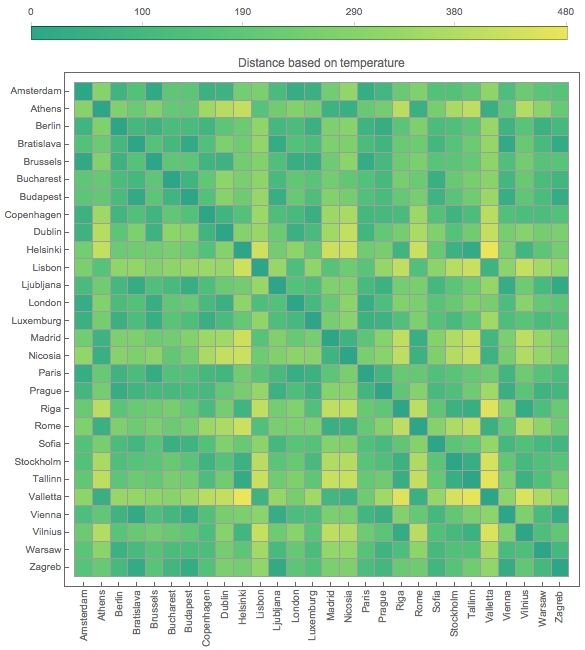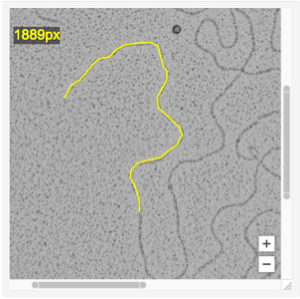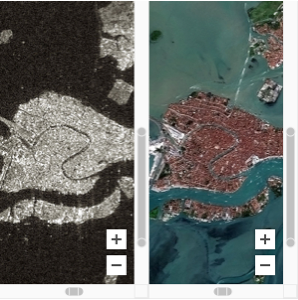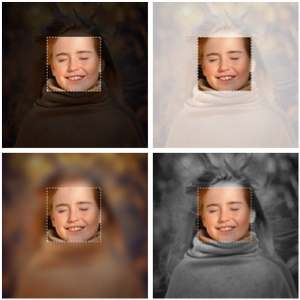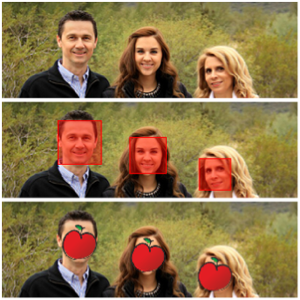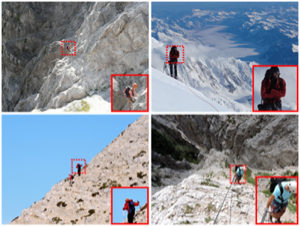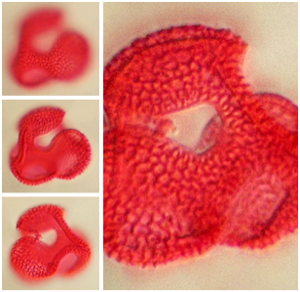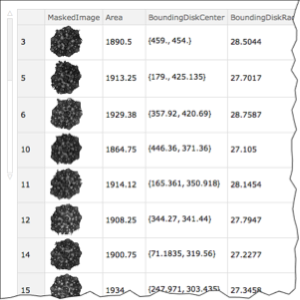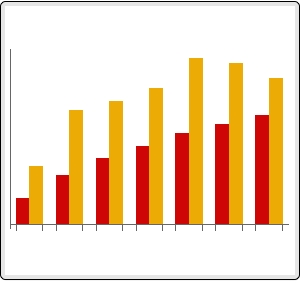比较芝加哥和欧洲首府城市的天气
找出去年与芝加哥的气温最接近的欧盟首府城市. 使用 WarpingDistance 来确定温度序列间的相似度.
In[1]:=
chicagoTemp =
WeatherData["Chicago",
"Temperature", {{2015, 7}, {2016, 6}, "Week"}, "Value"];获取所有欧盟首府城市的气温.
In[2]:=
capitals = CityData /@ CountryData["EU", "CapitalCity"] // SortOut[2]=

In[3]:=

capitalsTemp =
WeatherData[#, "Temperature", {{2015, 7}, {2016, 6}, "Week"},
"Value"] -> # & /@ capitals;找出与芝加哥气温最接近的首府城市.
In[4]:=
Nearest[capitalsTemp, chicagoTemp,
DistanceFunction -> (QuantityMagnitude@WarpingDistance[##] &)]Out[4]=
在一个矩阵中计算两两之间的距离.
In[5]:=
dm = DistanceMatrix[Keys@capitalsTemp,
DistanceFunction -> (QuantityMagnitude@WarpingDistance[##] &)];显示距离矩阵的 7×7 子矩阵.
In[6]:=
MatrixForm[Take[dm, 7, 7]]Out[6]//MatrixForm=
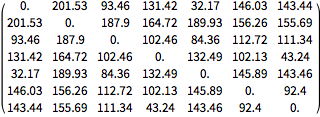
利用之前计算过的距离矩阵可视化温度的相似度.
显示完整的 Wolfram 语言输入
Out[7]=
